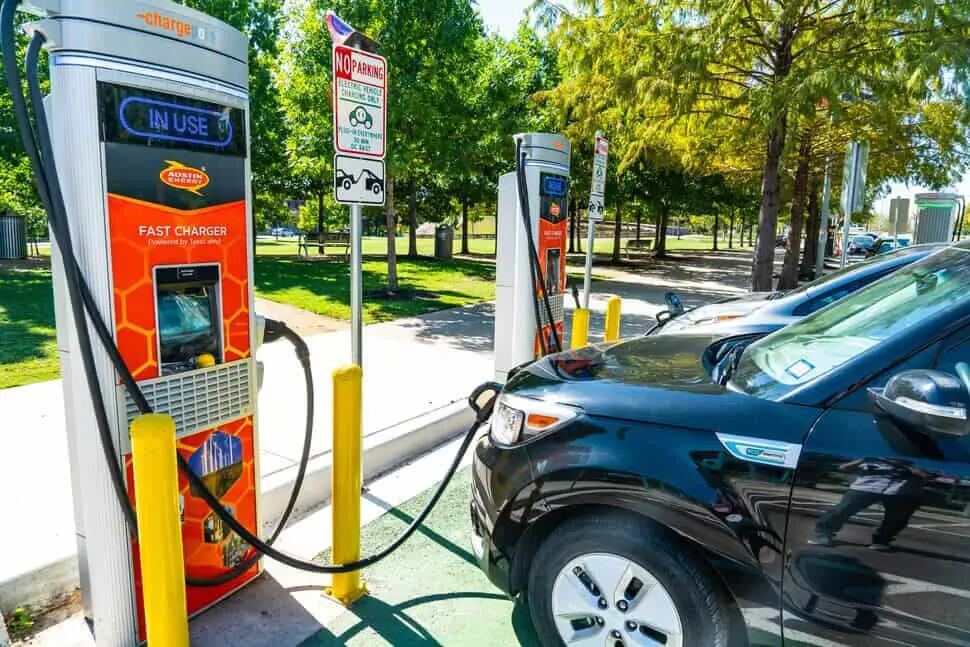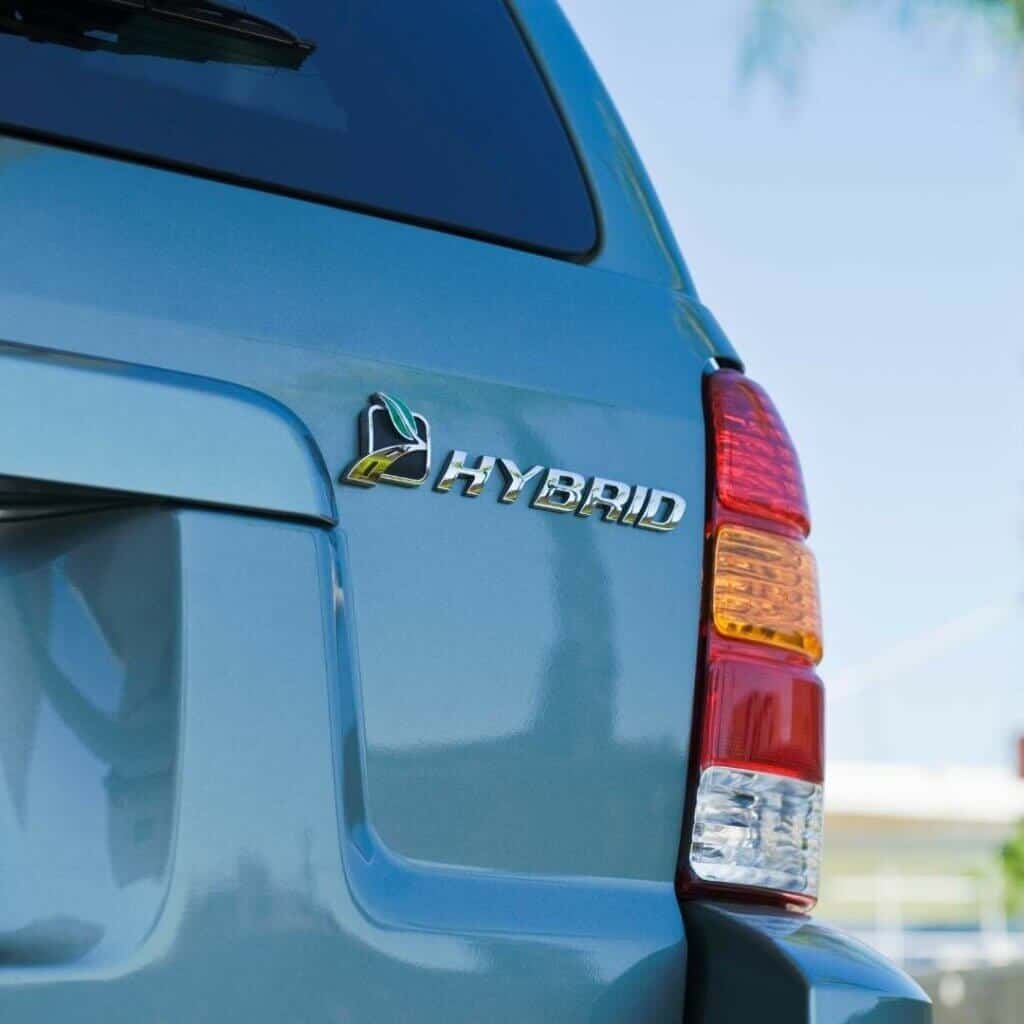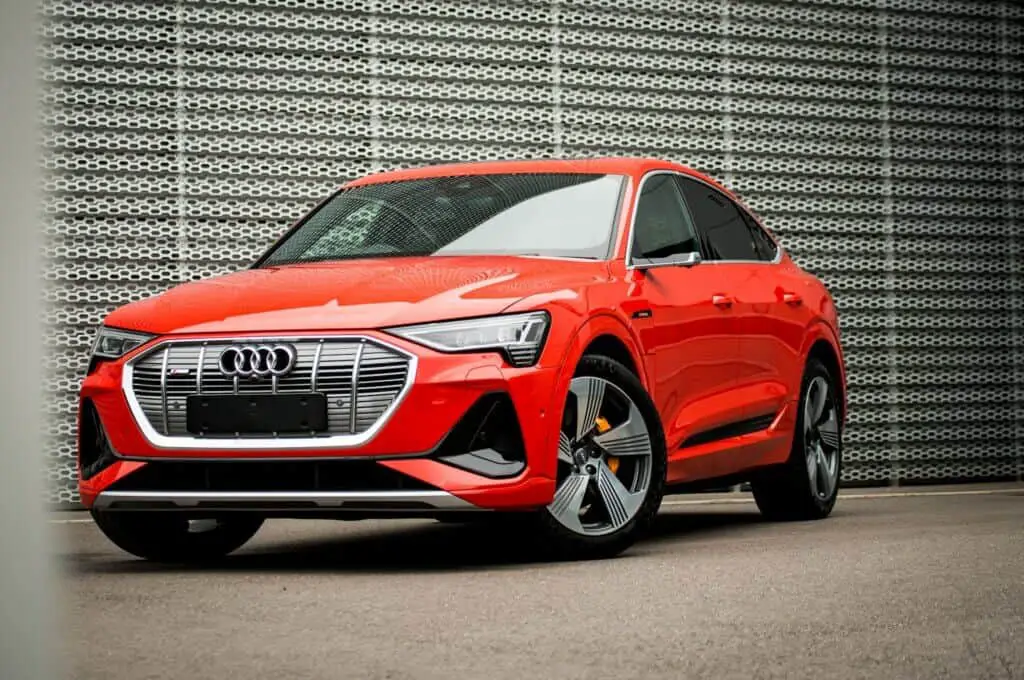Let’s elaborate PlugShare vs ChargePoint EV charging network.
Being an electric vehicle (EV) owner requires you to develop the habit of pre-planning your route and knowing where to find a charging station. Even now when more gas stations have EV charging points built in, it can still be difficult to locate one, especially for new drivers.
Fortunately, many apps can assist drivers find EV chargers along their routes. PlugShare and ChargePoint are among the best available Apps today. They both have several features that make them the most used charging apps by EV owners.
Choosing between PlugShare and ChargePoint is not an easy task. It is therefore important to know how the two apps compare.
PlugShare Review

Based in El Segundo, California, PlugShare keeps the most thorough inventory of EV infrastructure on the planet. The PlugShare app is accessible online and on iOS and Android devices, including those with open-source Android OS and Android Automotive OS in-dash [1].
PlugShare also offers advanced data tools, reports, tailored consultation, and thorough research on EVs for automakers, utilities, charging networks, governments, and the rest of the EV industry. With more than 100,000 members, it runs PlugInsights, the largest EV driver survey research panel in the world. PlugShare is the most widely used EV driver app worldwide.
The PlugShare app supports close to 30 different languages. Users can receive up-to-date information about charging stations across the world. They can also assist other EV drivers stay informed by sharing their charging experiences through check-ins on the platform.
PlugShare allows users to assess their own charging experiences, obtain trip-planning resources, and discover what to expect at various charging points. This is possible through millions of crowd-sourced check-ins and more than 775,000 photographs shared by drivers.
The app integrates user feedback to create a score that represents recent charging experiences by drivers at a certain station using a grading system called PlugScore [2].
The Pay with PlugShare feature enables users who have registered with PlugShare to pay for and activate sessions on public charging stations right from the app. With PlugShare, users can quickly find and navigate to chargers while filtering results based on preferred network, charging speed, or connector type (CCS, CHAdeMO, J-1772, Tesla). [3]
The PlugShare app has seen user growth and engagement that reflects both the momentum for EV adoption and the priceless real-time EV charging data, driver feedback, features, and tools that PlugShare provides to ensure flawless charging experiences.
ChargePoint Review

Using the ChargePoint smartphone app, drivers can find charging stations for electric vehicles on the ChargePoint Network, on networks operated by third parties, and even at unconnected stations.
Drivers can monitor real-time availability and use their chosen mobile navigation tool to find any station. They can also approve and pay for sessions, view the progress of their charge in real time, and get alerts for charging-related events.
The ChargePoint app also allows users to see the status and start charging on several additional charging networks with whom ChargePoint has roaming agreements.
Drivers of electric vehicles are able to sign up for a ChargePoint driver account to gain access to more features and convenience through the ChargePoint Network. There is no setup charge or subscription needed to use this service.
By signing up for the EV ChargePoint account and entering your information, you can search for, identify and book the closest fast charging station on the map. The stations have a charging capacity ranging from 7 to 60 kW and are equipped with Type 1 (J1772), Type 2 Mennekes, CHAdeMOTesla, CCS1CCS2, GB/T, and Type 2 ports [5].
ChargePoint offers a range of payment methods to provide EV drivers the freedom to pay as they choose. Depending on the station operator’s requirements and how they set up their ChargePoint networked station, EV drivers will have access to the following point-of-sale options:
- Credit Card
- Apple Pay and Google Pay “Tap to Pay”
- ChargePoint Account and RFID (radio frequency identification) Card
- ChargePoint Mobile App
- Smartphone and Smartwatch “Tap to Charge”
PlugShare vs ChargePoint Comparison
Your preference between the two apps will depend on the features you are searching for in an app. They both have excellent functionality. The following are some of the major differences between PlugShare and ChargePoint Apps.
- PlugShare is a routing EV app that helps in locating charging stations from various networks along your route. ChargePoint, on the other hand, is an EV charging app that aids in locating charging stations from various charging networks.
- There are several free charging alternatives available through the ChargePoint app. Conversely, although you can use PlugShare to filter for free chargers, it is not very dependable. The availability of free charging will vary depending on where you are.
- You can use ChargePoint to instantly check for available charging stations. You can only filter your charging stops using “In-Use Locations” in PlugShare.
- ChargePoint does not have the best features for planning a long road trip in an EV. In comparison to ChargePoint, PlugShare has the following features that make it a superior EV route planner app:
- It provides range estimates so you can plan your travel.
- When planning your route, you can include waiting durations at each charging stop.
- You can decide to stay away from highways, ferries, and toll roads.
- You can limit your charging stops to those that offer the conveniences you choose. These consist of lodging, restaurants, Wi-Fi, shops, groceries, charging stations, and much more.
- The free ChargePoint card can be used to charge devices. Through the app, you can easily begin charging your EV from your phone. On the contrary, you can only use your credit card to make payments through the PlugShare app. However, this is only accessible at public charging stations that are run by collaborating networks. [6]
Read Also: Grizzl E vs ChargePoint
Conclusion
Both the PlugShare and ChargePoint Apps have great features. The choice of which is best depends on the features you want from an EV app. For instance, PlugShare will be quite helpful if you need to plan a journey to an unfamiliar region because it offers you more planning capabilities than ChargePoint.
However, if you have a ChargePoint home charger, the app will be useful because it will keep all of your information for both home and public charging in one place. You, therefore, don’t need to download as many EV apps to your phone.
Additionally, you can compare home and public charging using the ChargePoint app to get a better understanding of how much money you can save on charging. You can use PlugShare to locate charging stations with the facilities you require.
You should be able to activate and pay using the ChargePoint app if the charging station is a ChargePoint station. You can also install both PlugShare and ChargePoint, since you may require both when traveling.
Read Next: Tesla Wall Connector vs Mobile Connector




